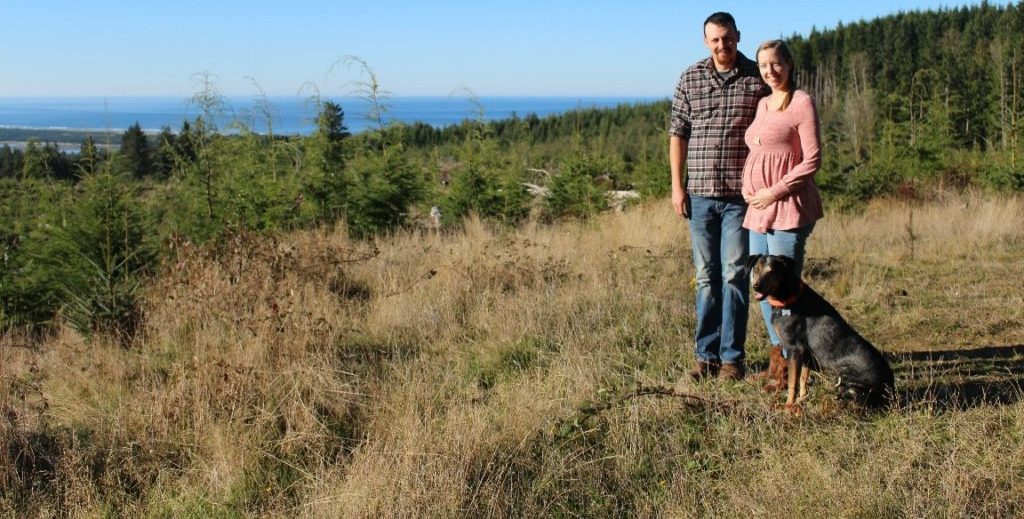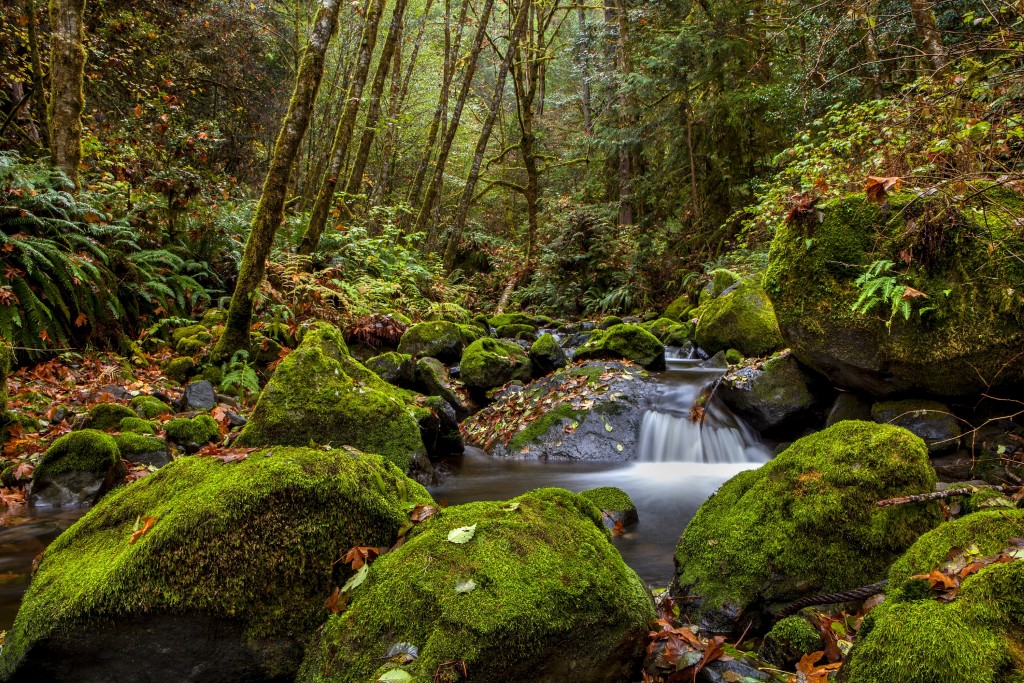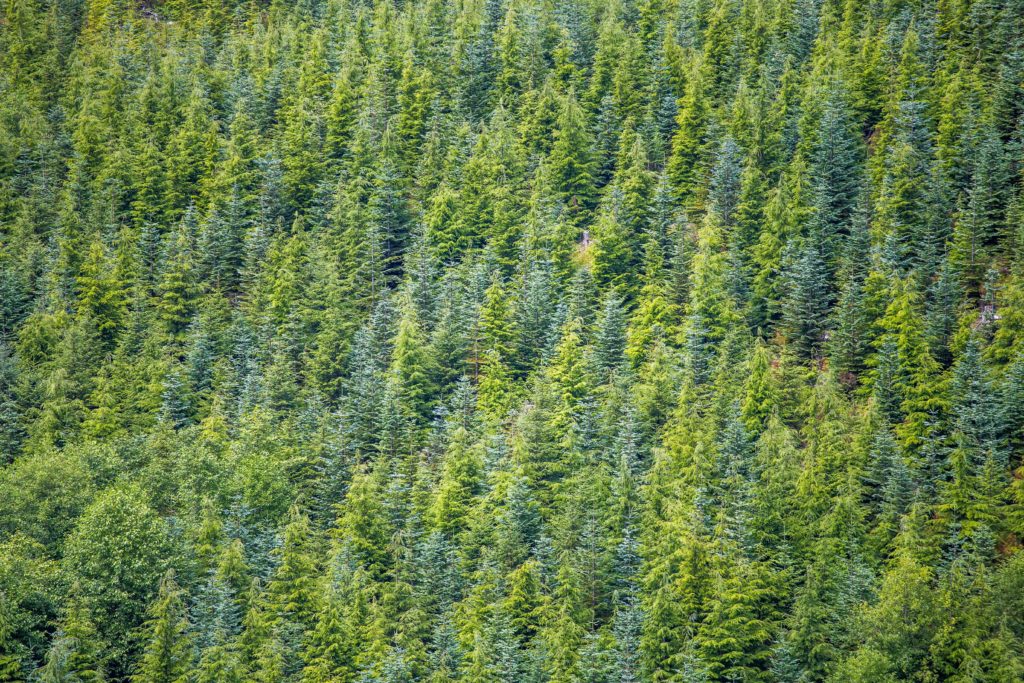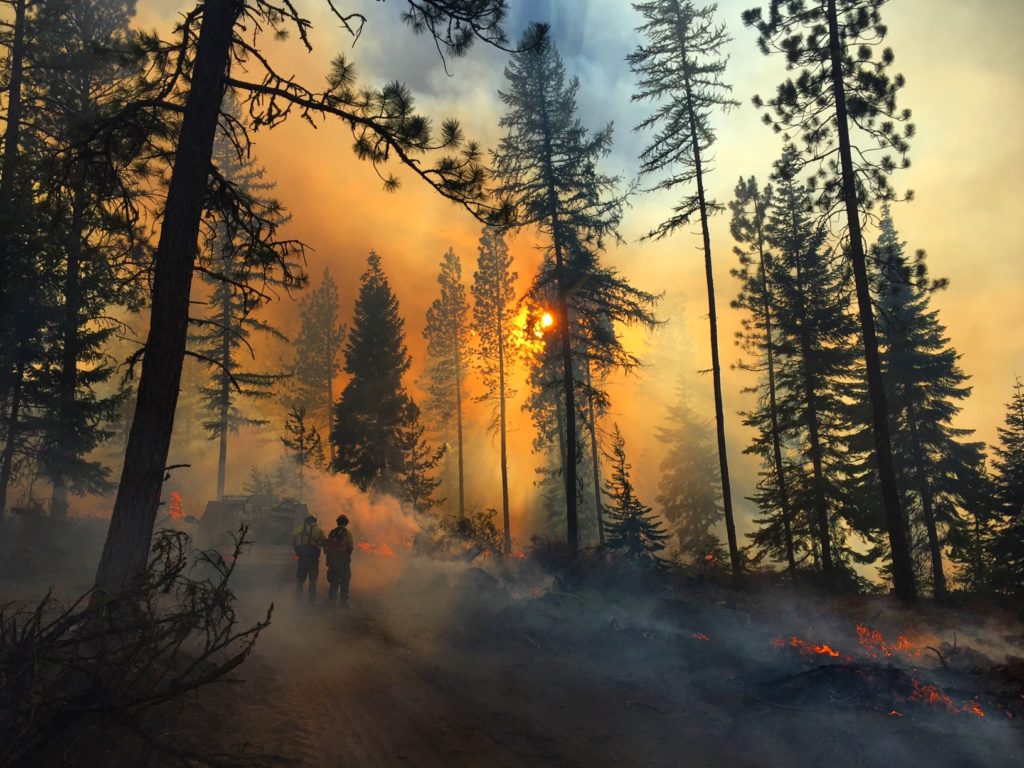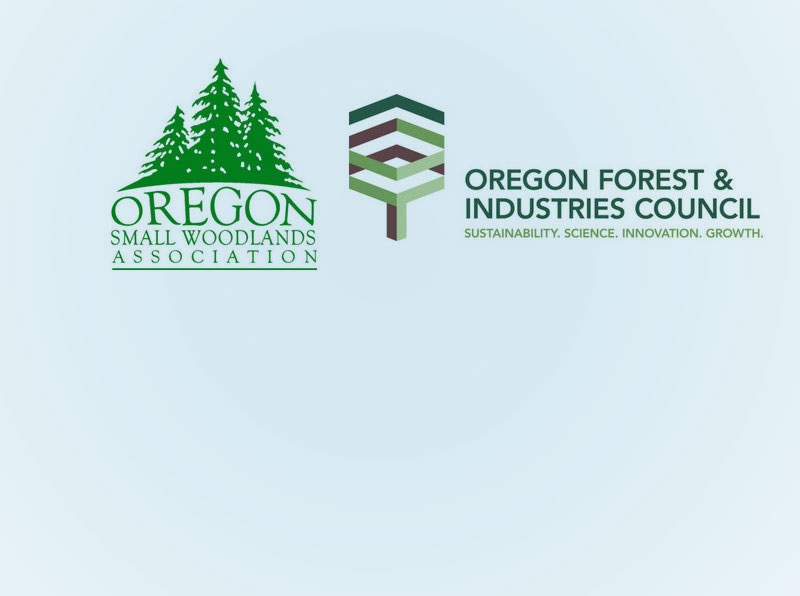By Mateusz Perkowski | Capital Press | July 1, 2020
**This story originally appeared in the Capital Press, see that story here.
Potential changes to Oregon’s forestry laws will be negotiated over the next 18 months now that lawmakers have passed a compromise bill between timber and environmental interests.
However, stricter notification requirements for helicopter spray operations and enhanced no-spray buffers around schools and streams are set to become effective as early as next year, even before additional revisions are hammered out.
Timber companies and environmental groups struck a deal earlier this year to pass the bill rather than try to persuade voters to pass competing ballot initiatives about forestry regulations. The timber industry feared the environmental proposals would have reduced logging on private lands by 25% by acreage.
However, the previous compromise bill died earlier this year when Republican lawmakers walked out of the Legislature rather than vote on controversial climate legislation that was strongly opposed by natural resource industries.
During the special session that concluded on June 26, though, the compromise was revived as Senate Bill 1602 and passed the House and Senate with overwhelming majorities.
Under the legislation, a landowner or timber operator must provide notification of a planned helicopter pesticide operation the day before spraying begins, down from about two weeks under current law.
Interested parties will learn of the spray operations through the Oregon Department of Forestry’s forest activity electronic reporting and notification system, known as FERNS.
Aside from this change, the operator must also initially provide the agency with a shorter 90-day window for when the treatment might occur, down from the current year, and complete additional post-application reporting requirements.
Spray operations in the forest are prone to being called off and rescheduled because they can only occur in narrow wind, temperature and humidity conditions, said Richard Zabel, executive director of the Western Forestry and Conservation Association.
“When you can’t spray, you’re essentially starting all over again,” Zabel said.
Similar notification requirements were opposed during past legislative sessions by the timber industry, which criticized them as being impractical and causing unnecessary anxiety among neighboring landowners.
Previously, technology didn’t exist that could efficiently provide such remote notification, said Greg Miller, representative of the timber companies involved in the compromise.
In 2020, “we found a way to get to yes” in light of technological advancements that “while still untested” are ready to be implemented at the Oregon Department of Forestry “and we hope that the notification reduces safety concerns for all involved,” Miller said in an email.
The new notification requirements would become effective on July 1, 2021 unless the Department of Forestry determines its system lacks the capacity at that point, in which case the agency would have another year to implement it.
New no-spray buffer regulations under SB 1602 will become effective even earlier, on Jan. 1, 2021.
Buffers around certain streams that are currently as narrow as 20 feet will increase to 75 to 100 feet, depending on stream type, while the buffers around schools and homes will increase from 60 to 300 feet under the bill.
While Oregon’s commercial forests don’t have many buildings compared to other land uses, the law also prohibits spraying within 300 feet of points of diversion for drinking water, which will probably be more consequential, said Mike Cloughesy, director of forestry for the Oregon Forest Resources Institute.
“There are a lot more water take-outs than there there are schools,” Cloughesy said.
Though much of SB 1602 imposes conditions on forestry operations, it also contains penalties for interfering with aerial herbicide spraying, with penalties of up to $5,000 for the “use of force, violence or action that impedes a pesticide application by helicopter to forestland.”
Interference doesn’t include “photography, videotaping, audiotaping or other creation of an electronic record” by someone on public property or private property where they’re allowed.

